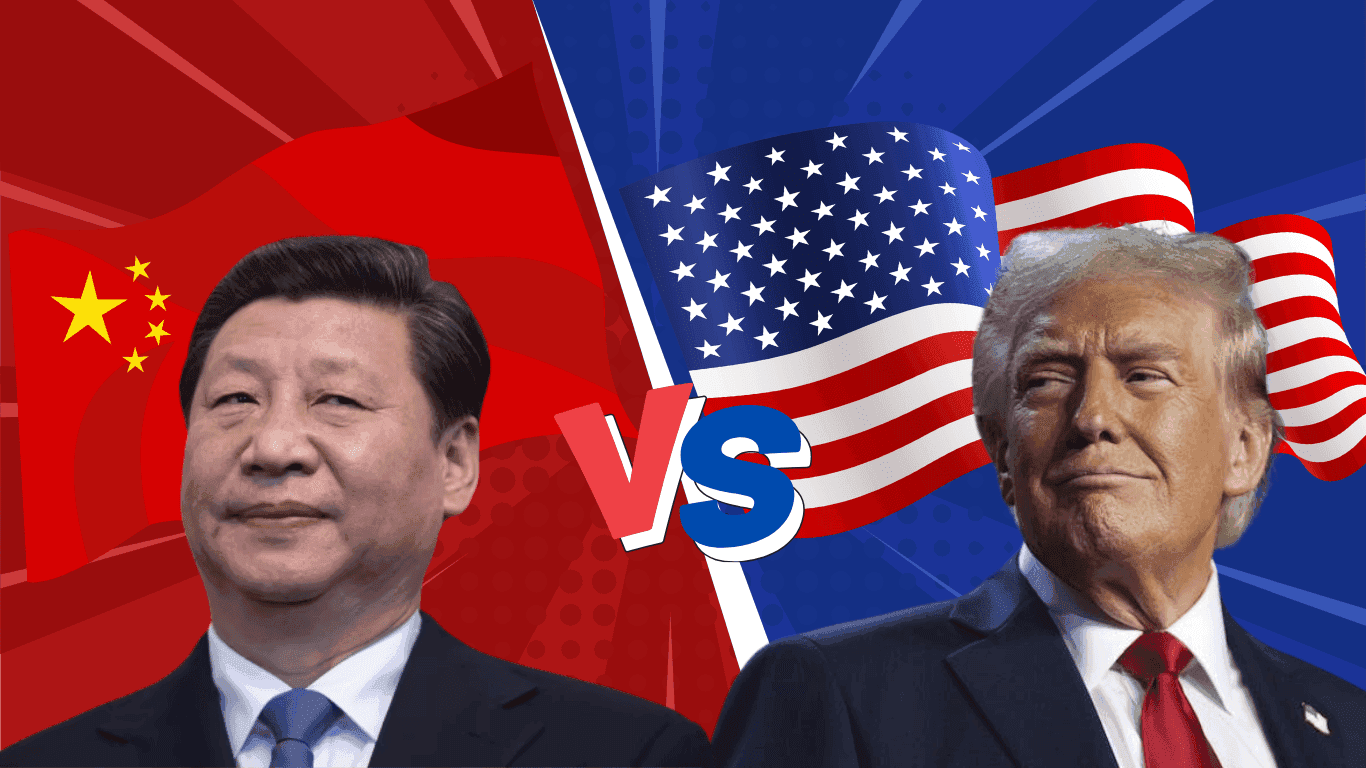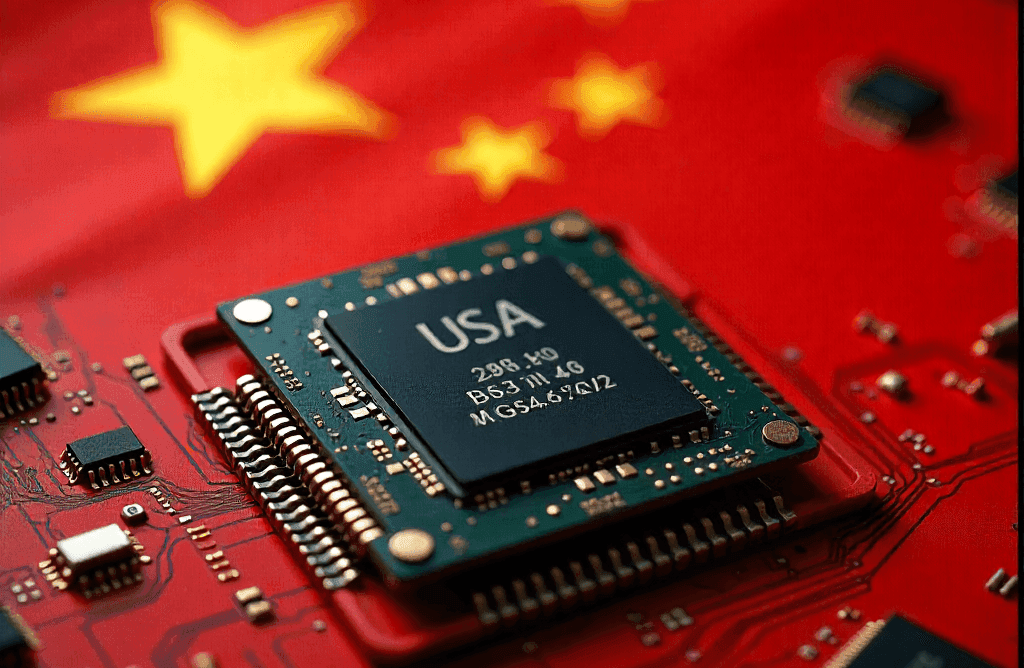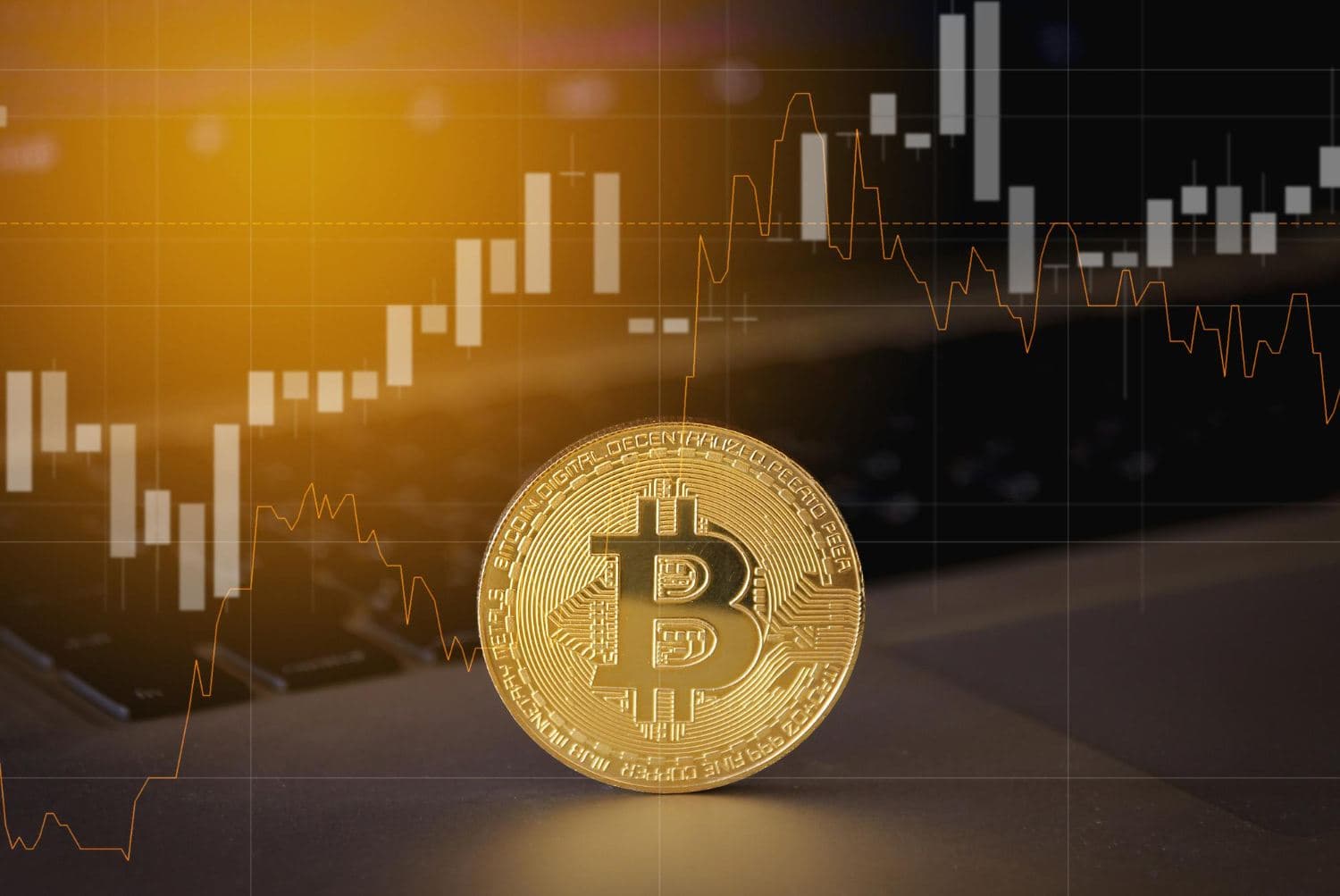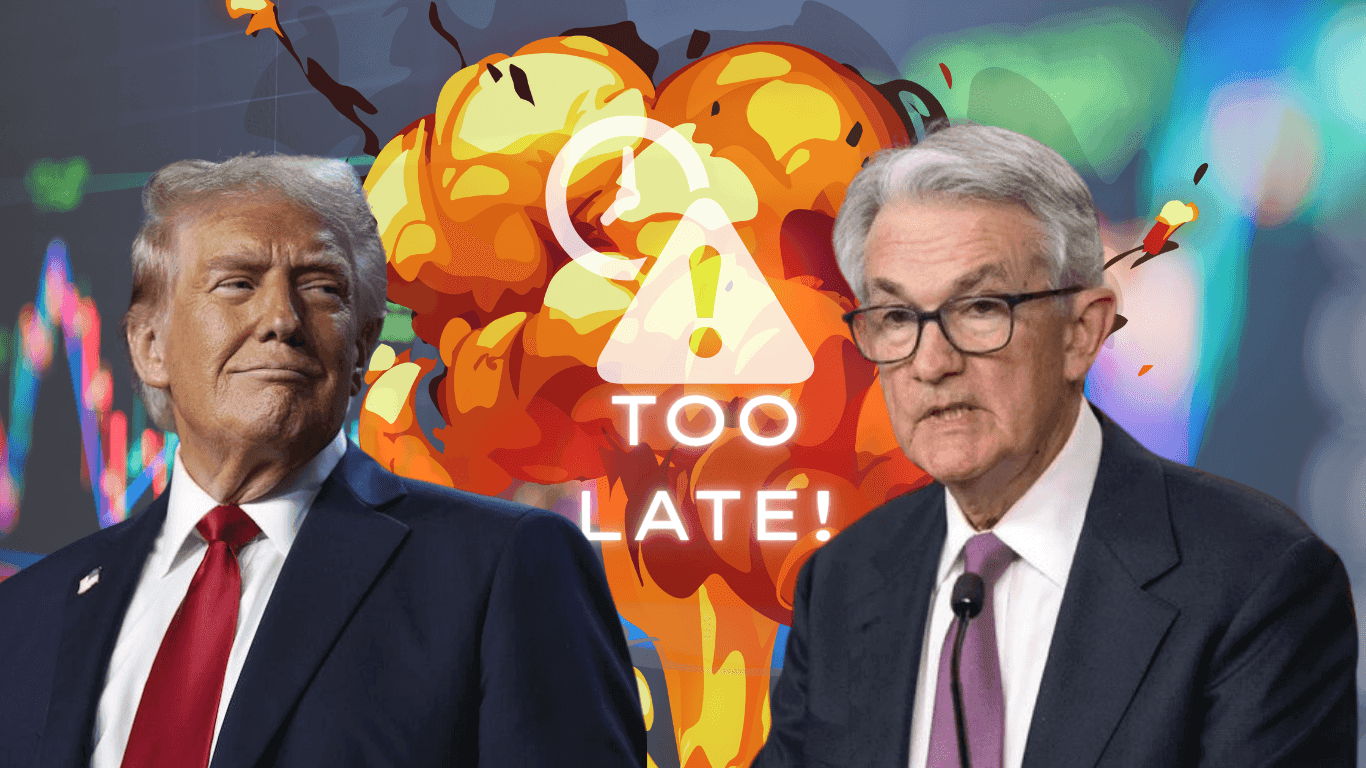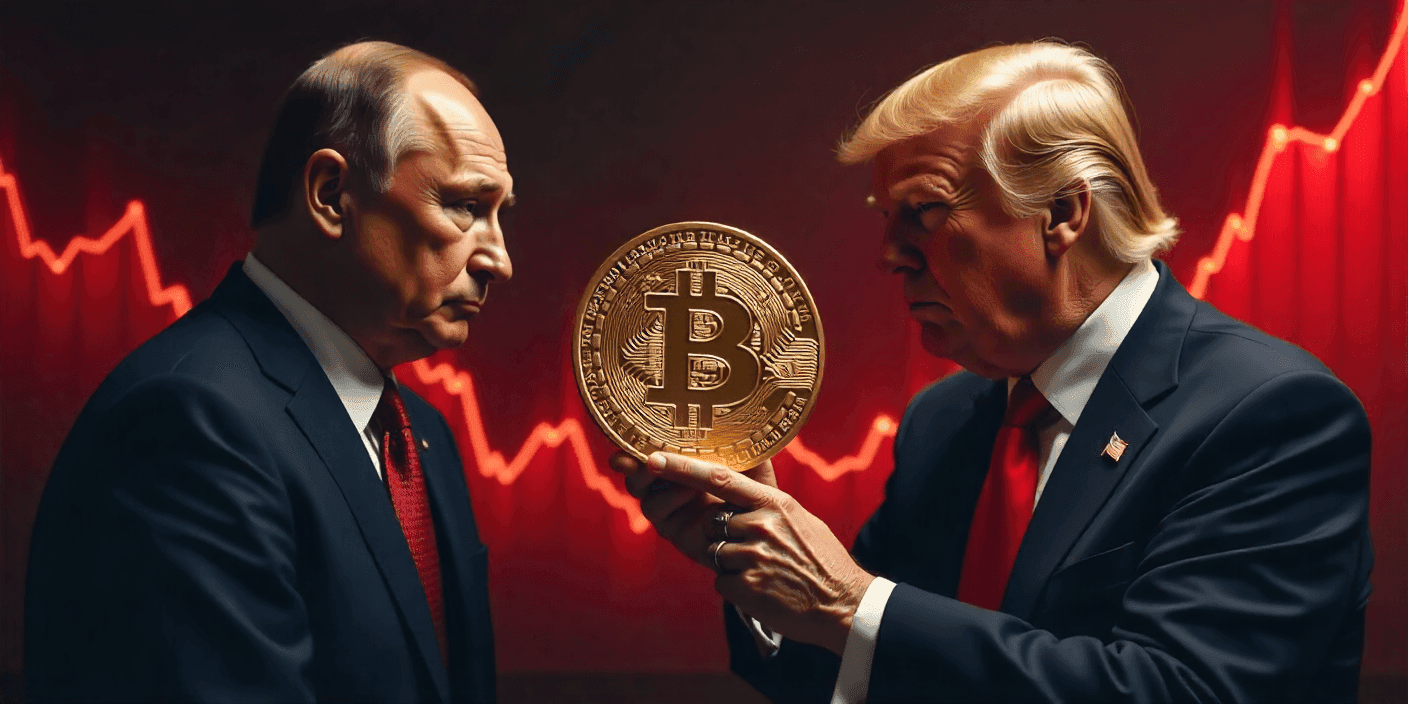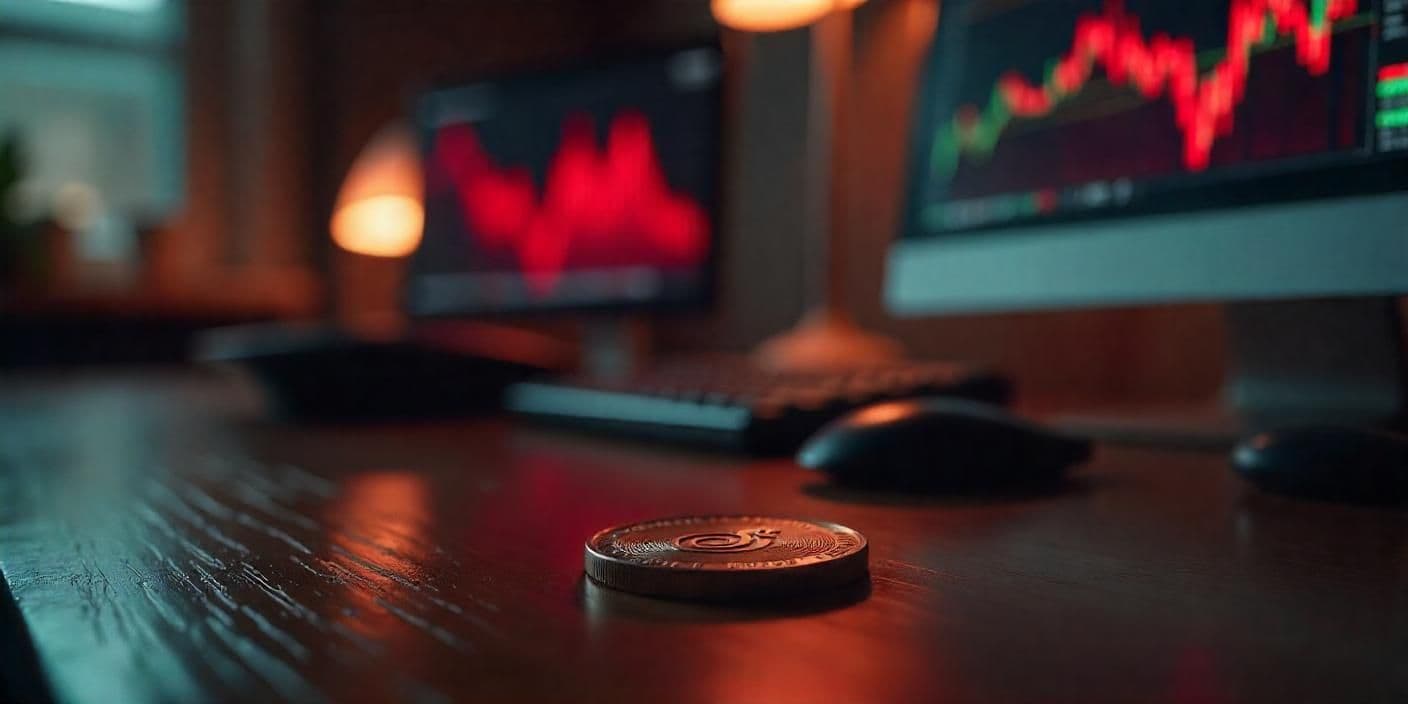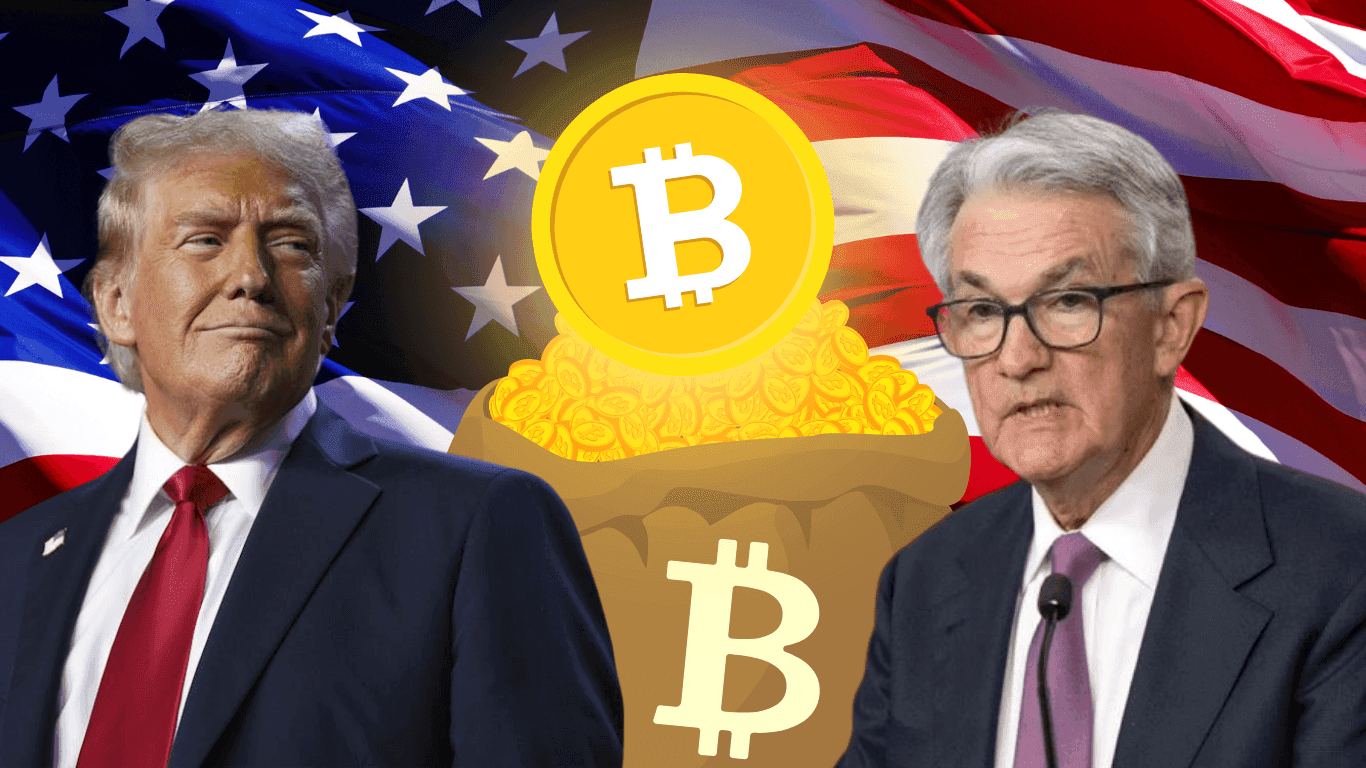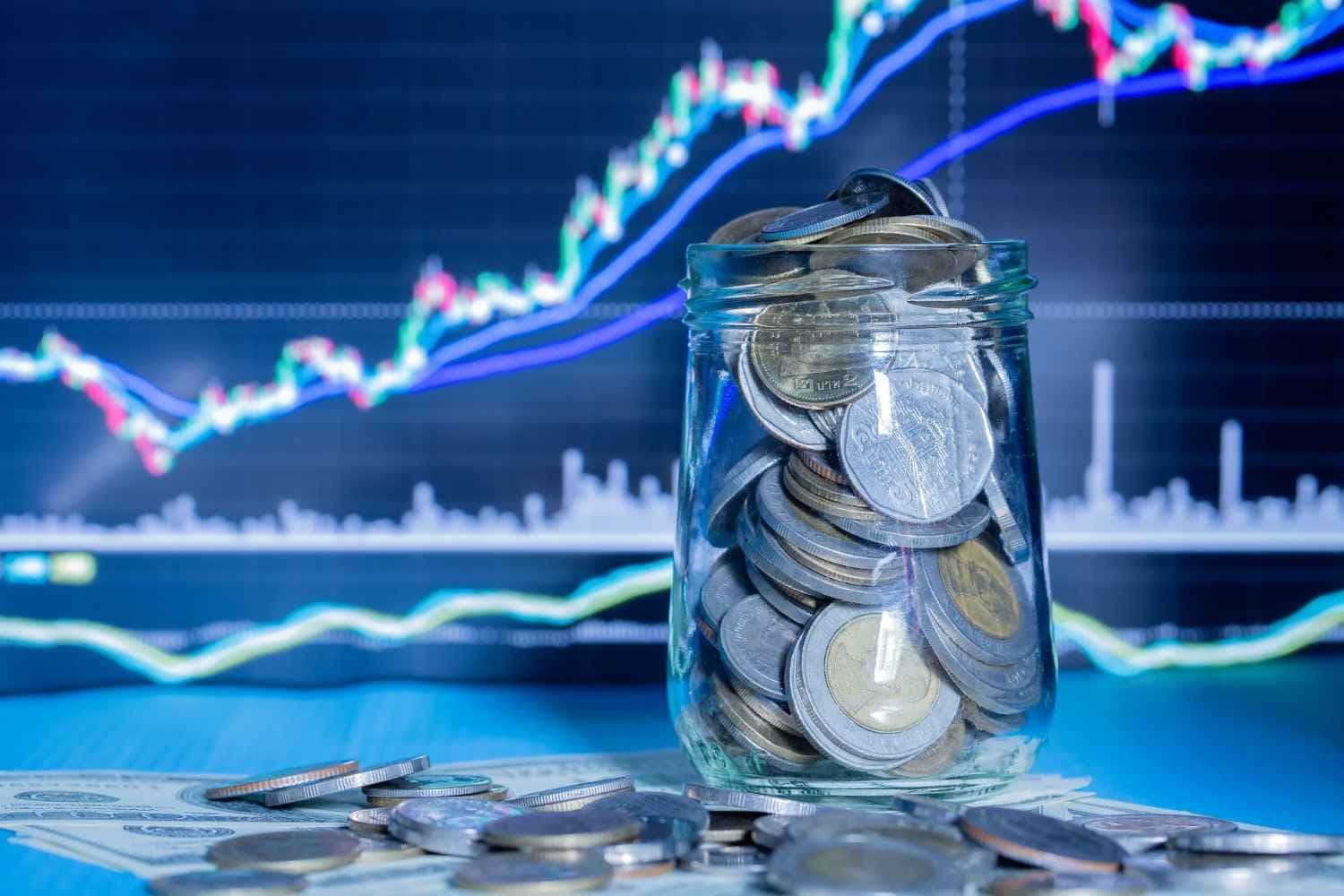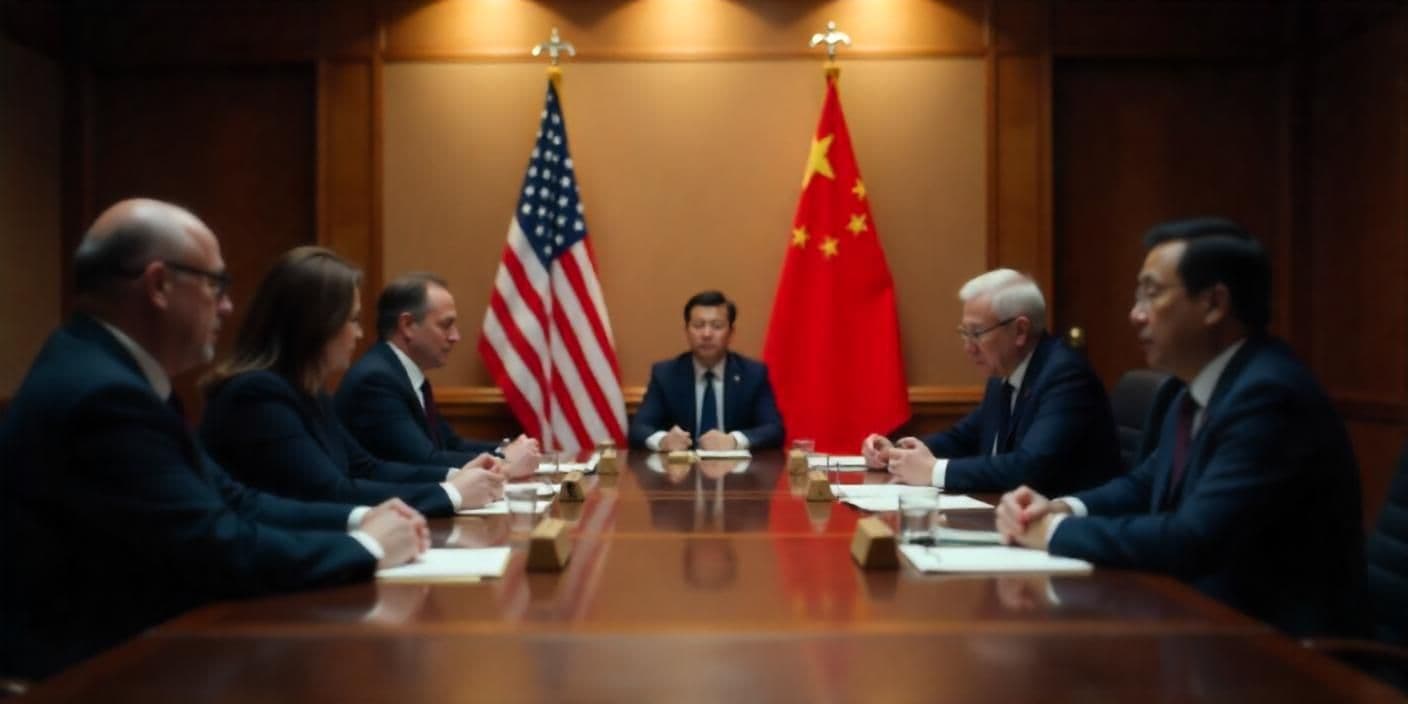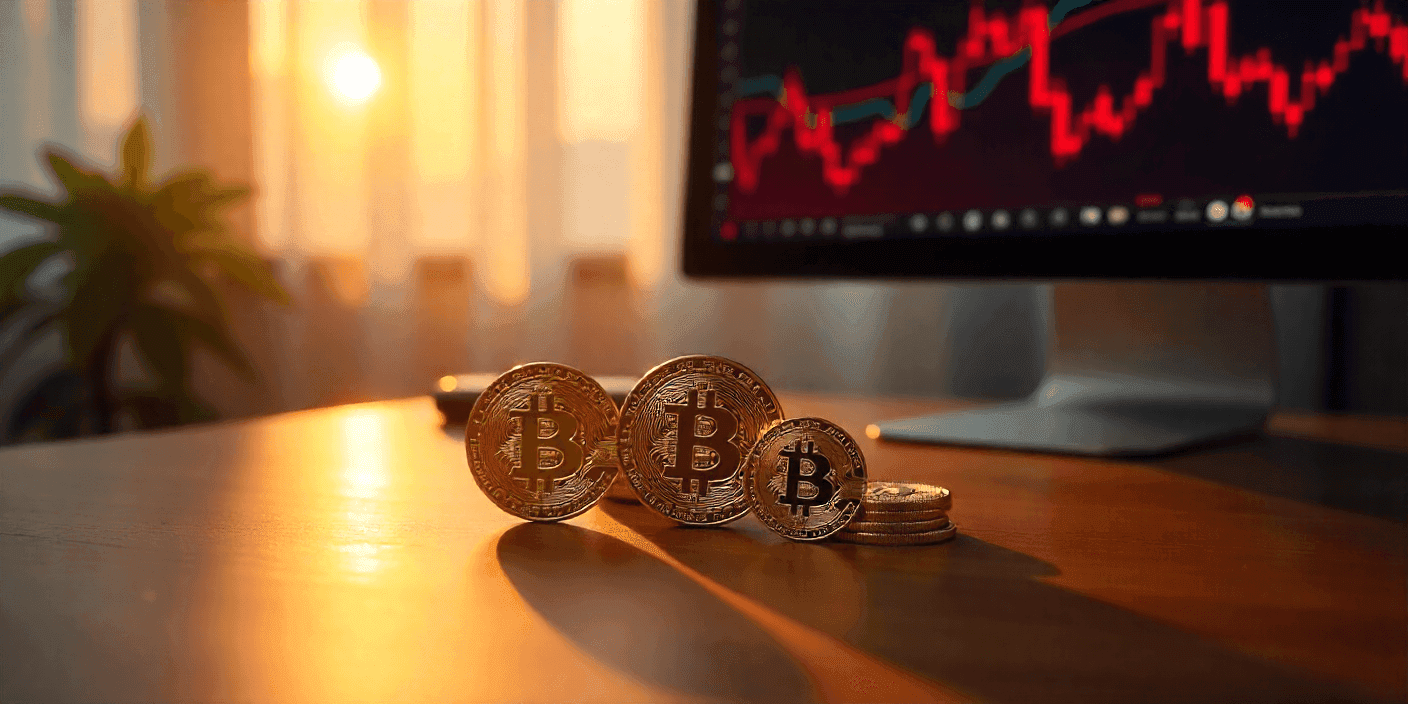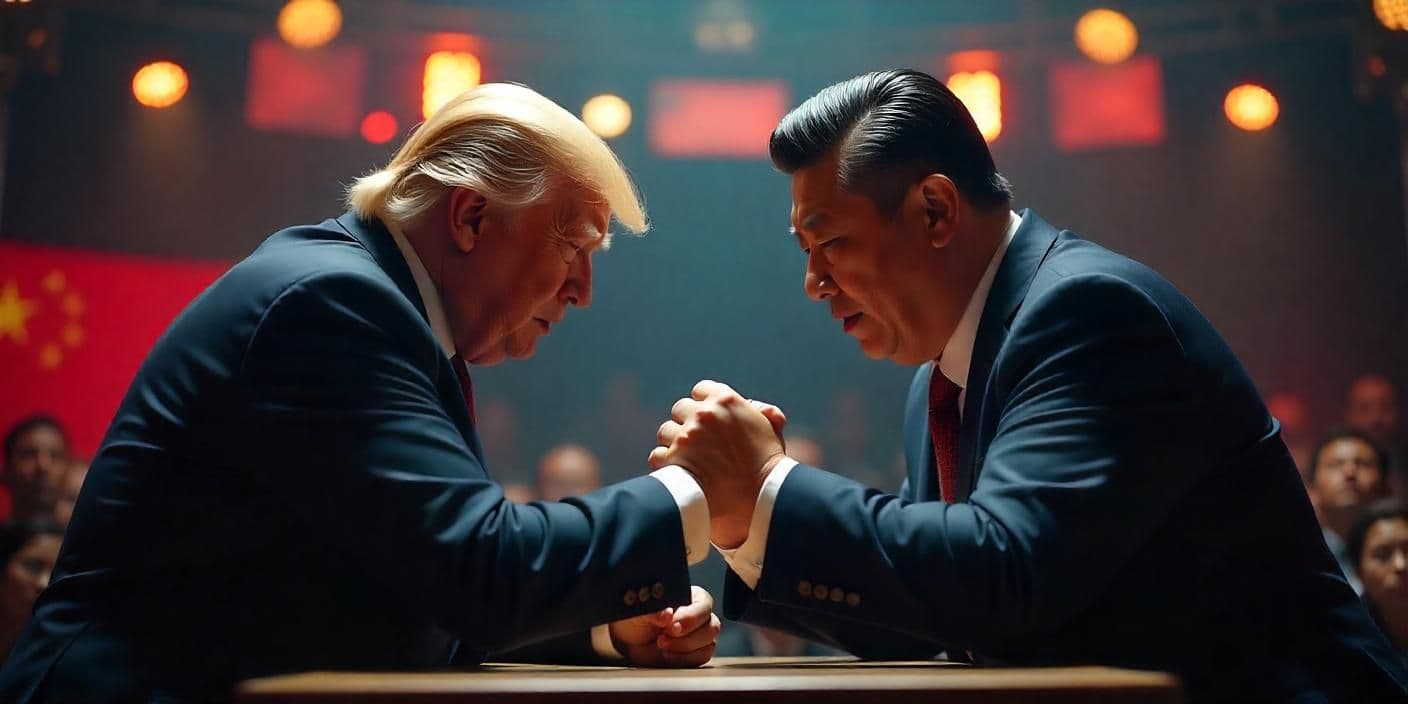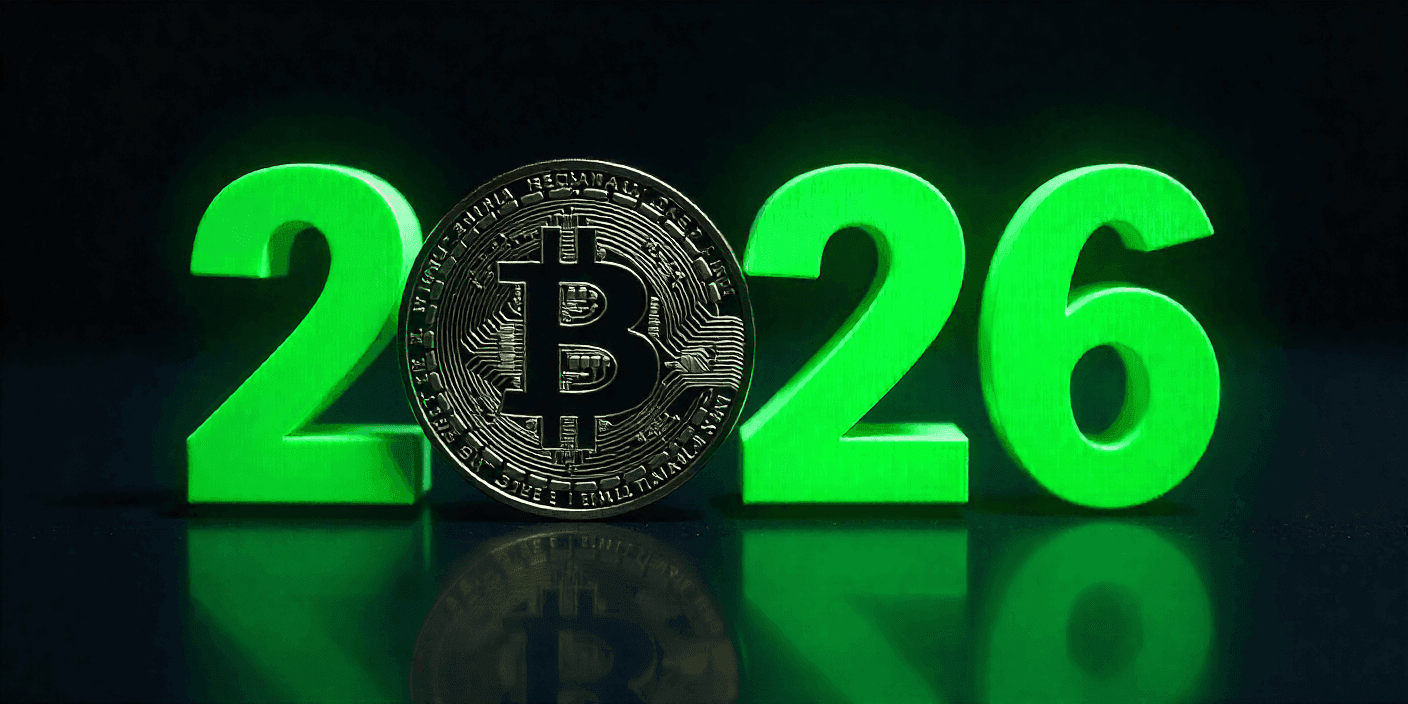Trump Tariff Pause Shakes Markets: Recovery, Recession Reversal, and Strategic Chess with China
Trump's 90-day tariff pause triggered a wave of market optimism, with Goldman Sachs reversing its recession prediction and political allies framing it as a calculated move. With China under pressure, what's next for global markets?
Trump’s Strategy: “Somebody Had to Do It”
Trump didn't mince words in a series of public statements following the announcement. He asserted:
“No other President would have done what I did… Somebody had to do it. It had to stop because it’s not sustainable.”
He highlighted that China made over $1 trillion in trade gains last year from the U.S., claiming his administration has now “reversed it.” Trump’s narrative is clear: the tariff escalation was a long-overdue correction to a broken trade dynamic.
“China Wants to Make a Deal”
Just hours after the tariff pause announcement, Trump claimed:
“China wants to make a deal. They’re in the process of figuring it out.”
This suggests that the 125% tariff on Chinese goods may be a pressure tactic aimed at forcing Beijing to the negotiation table. Treasury Secretary Bessent reinforced this by saying this was Trump’s strategy all along—to goad China into a weakened position. She also confirmed the timing was deliberate and not a response to market panic.
Trump’s Tariff Pause: A Strategic Pivot that Rattled and Rallied Markets
On April 9, 2025, President Donald Trump shocked global markets by authorizing a 90-day pause on tariffs for most countries, excluding China, which now faces a steep 125% tariff hike. While the move initially sparked confusion and volatility, it has since been hailed by his allies as a calculated maneuver—and even prompted Goldman Sachs to walk back its recession forecast.
Let’s explore what led to this turnaround and how key voices are framing the impact.

From Market Shock to Optimism: Goldman Sachs Reverses Recession Call
One of the most immediate effects of Trump's announcement was the sharp market rally. The S&P 500 jumped over 8%, while the Nasdaq gained more than 10%—signaling renewed investor confidence.
In a surprising development, Goldman Sachs officially rescinded its recession prediction, attributing the shift to the clarity and potential global de-escalation offered by the tariff pause. This marked a pivotal moment in Wall Street sentiment, flipping bearish expectations into cautious optimism.
Vindication from Political Allies and Crypto Leaders
Crypto investor and "Crypto Czar" David Sacks added fuel to the narrative by accusing critics of rooting for Trump’s failure—even if it meant a market crash:
“Fortunately their hopes have been dashed. Trump has been vindicated.”
This echoes a broader sentiment across pro-Trump circles: that the market rebound and Goldman’s reversal prove the administration’s approach is not just working, but strategically sound.
What’s Next? More Volatility or Sustained Recovery?
While the market welcomed the pause, the road ahead remains uncertain. The 125% tariff on Chinese goods is still in place, and China’s retaliation via WTO complaints and increased tariffs could reignite tensions.
Yet, if China comes to the negotiation table and broader trade relations improve, this move may mark a turning point for both Trump’s legacy and global economic stability.

Trump’s 90-day tariff pause wasn’t just a policy decision—it was a market-moving, recession-reversing power play. With political allies and market analysts shifting their tone, and China reportedly “figuring it out,” the next few weeks could determine whether this rebound sustains—or if volatility rears its head once more.

Rudy Fares
Equity Trader, Financial Consultant, Musician and Blockchain Aficionado. I spend my time doing Technical and Fundamental Analyses for Stocks, Currencies, Commodities and Cryptocurrencies.
